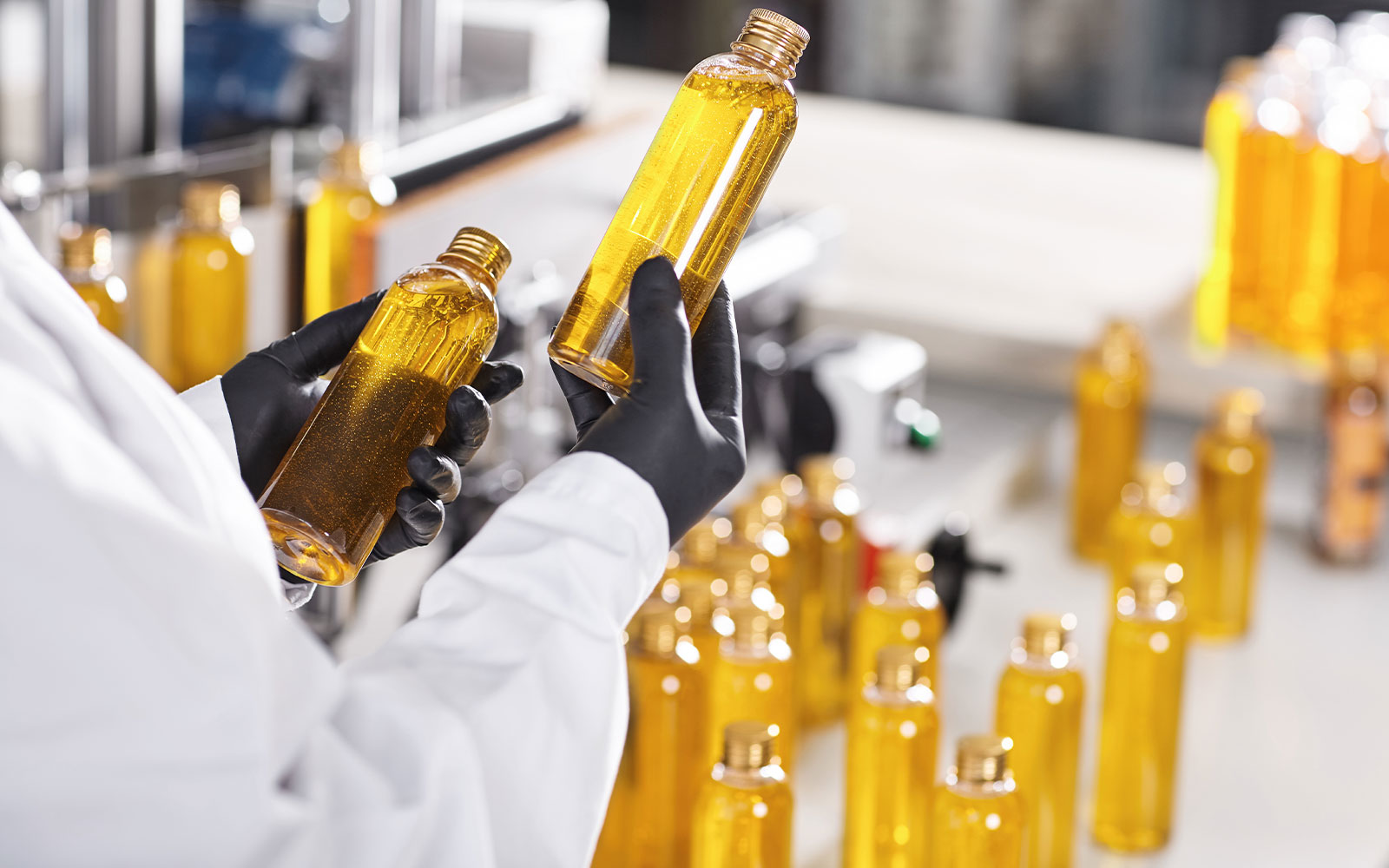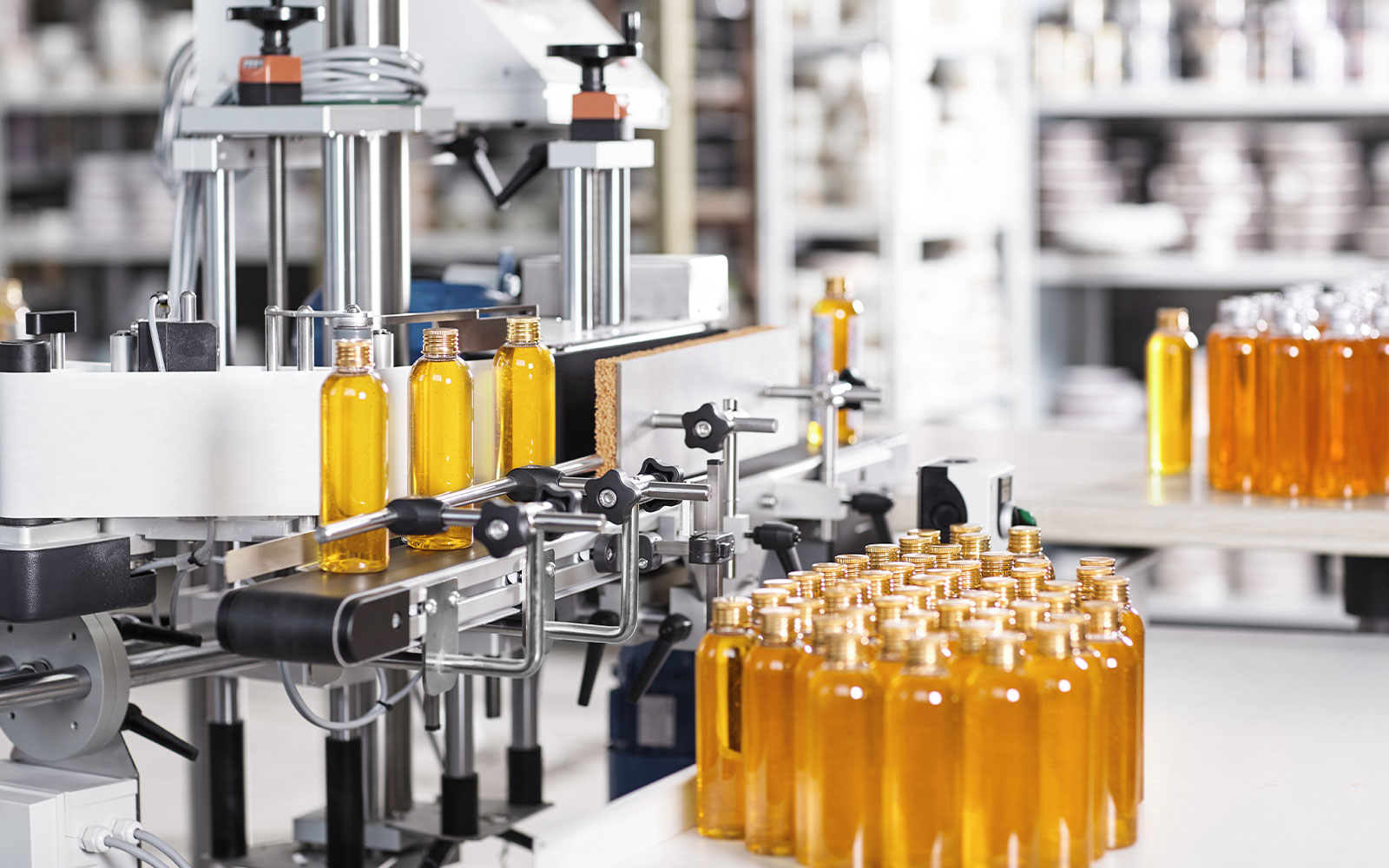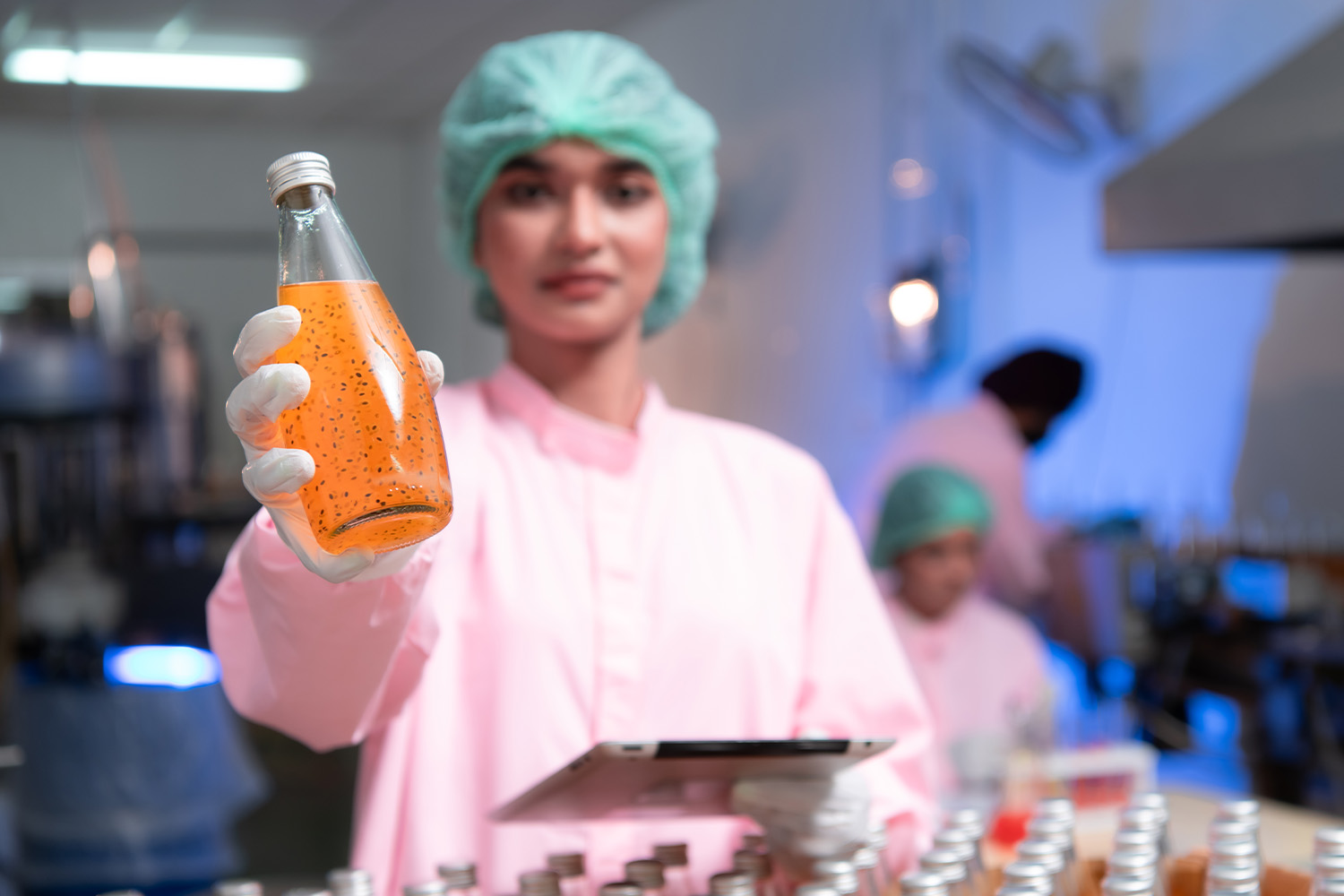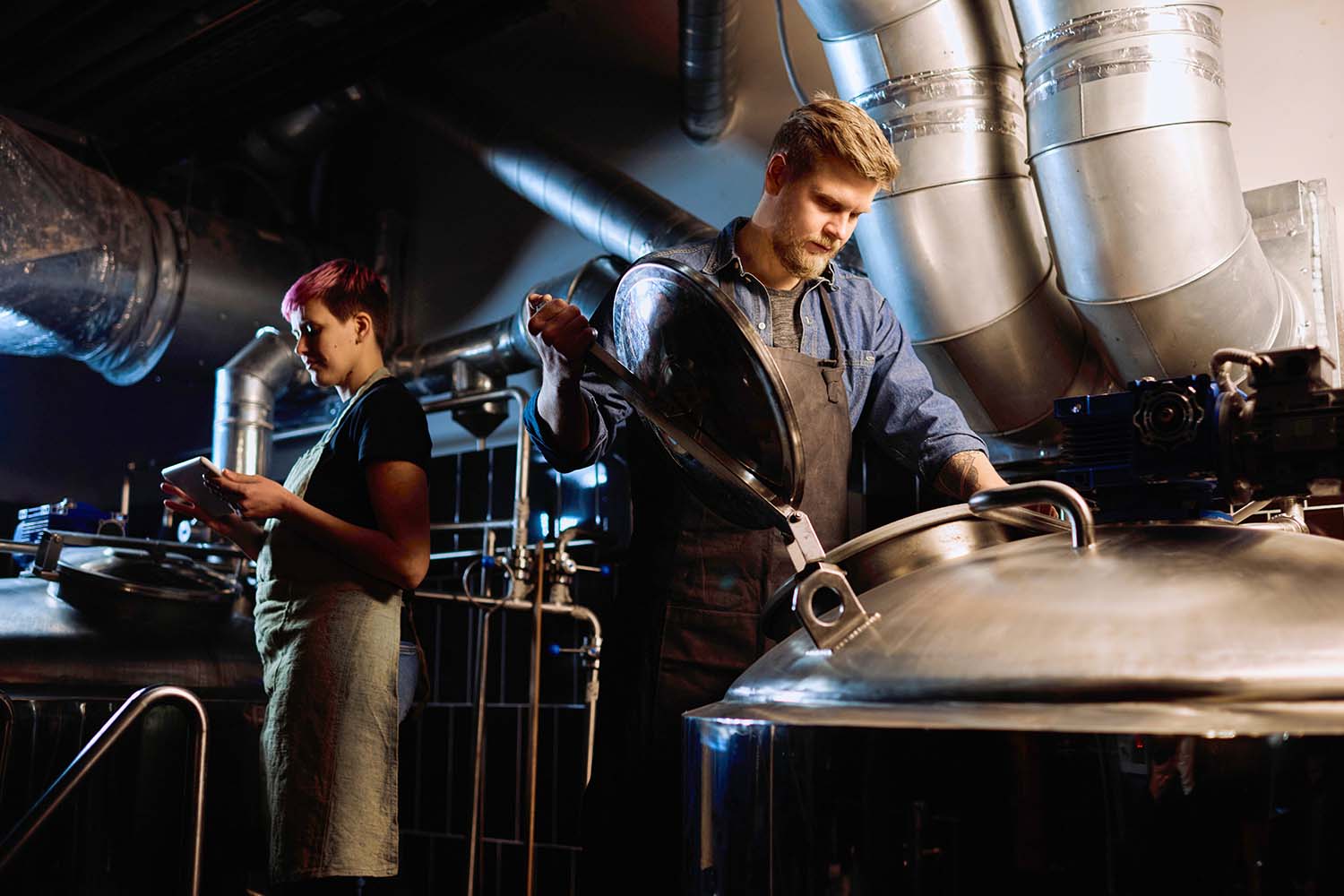Refractometry is a technique that involves the measurement of the refractive index of a substance. It is used in various industries such as food and beverage, pharmaceutical, and chemical manufacturing, to determine the concentration of a solution, the purity of a substance, and to monitor the quality of the manufacturing process. In this blog, we will discuss the basics of refractometry and its uses in manufacturing process control.





What is Refractometry?
Refractive index is a measure of how light bends when it passes through a substance. The refractive index of a substance is affected by the concentration of the substance in a solution. Refractometry measures the refractive index of a substance and uses it to determine the concentration of the substance in a solution.
In refractometry, a beam of light is passed through a sample of the substance, and the angle of refraction is measured. The angle of refraction is then used to calculate the refractive index of the substance with very high accuracy.
Types of refractometer
Here are just a few examples of the types of industrial process refractometers that are available. The choice of refractometer will depend on the specific application and the level of precision and automation required.
- Traditional analog refractometers: These are the most basic type of refractometers that use a prism and a scale when held up to the light they measure refractive index by eye.
- Digital refractometers like the Maselli UR24: These refractometers use digital technology typically a CCD to measure refractive index and display the results on a digital screen.
- In-line refractometers like the Maselli UR32 or UR62: These are designed to be installed in a manufacturing process line to provide continuous monitoring of the process. They are commonly used in the food and beverage, chemical, and pharmaceutical industries.
- Handheld refractometers like the JWII handheld refractometer: These are compact, portable, and easy-to-use refractometers that are ideal for field work or for spot-checking samples in a laboratory.
- Abbe or benchtop refractometers like the Maselli LR05: These are high-precision refractometers that use a double prism system to measure the refractive index of a sample.
- Polarimetric refractometers: These are used to measure the polarization angle of a sample and are commonly used in the sugar industry to measure sugar content.
Uses of Refractometry in Manufacturing Process Control
Food and Beverage Industry
Pharmaceutical Industry
Chemical Industry
Other Industries
Advantages of Refractometry in Manufacturing Process Control
Here are some key advantages of refractometry:
Non-destructive: Refractometry is a non-destructive technique, which means that the sample can be reused after measurement. This is particularly useful in industries where the cost of raw materials is high.










